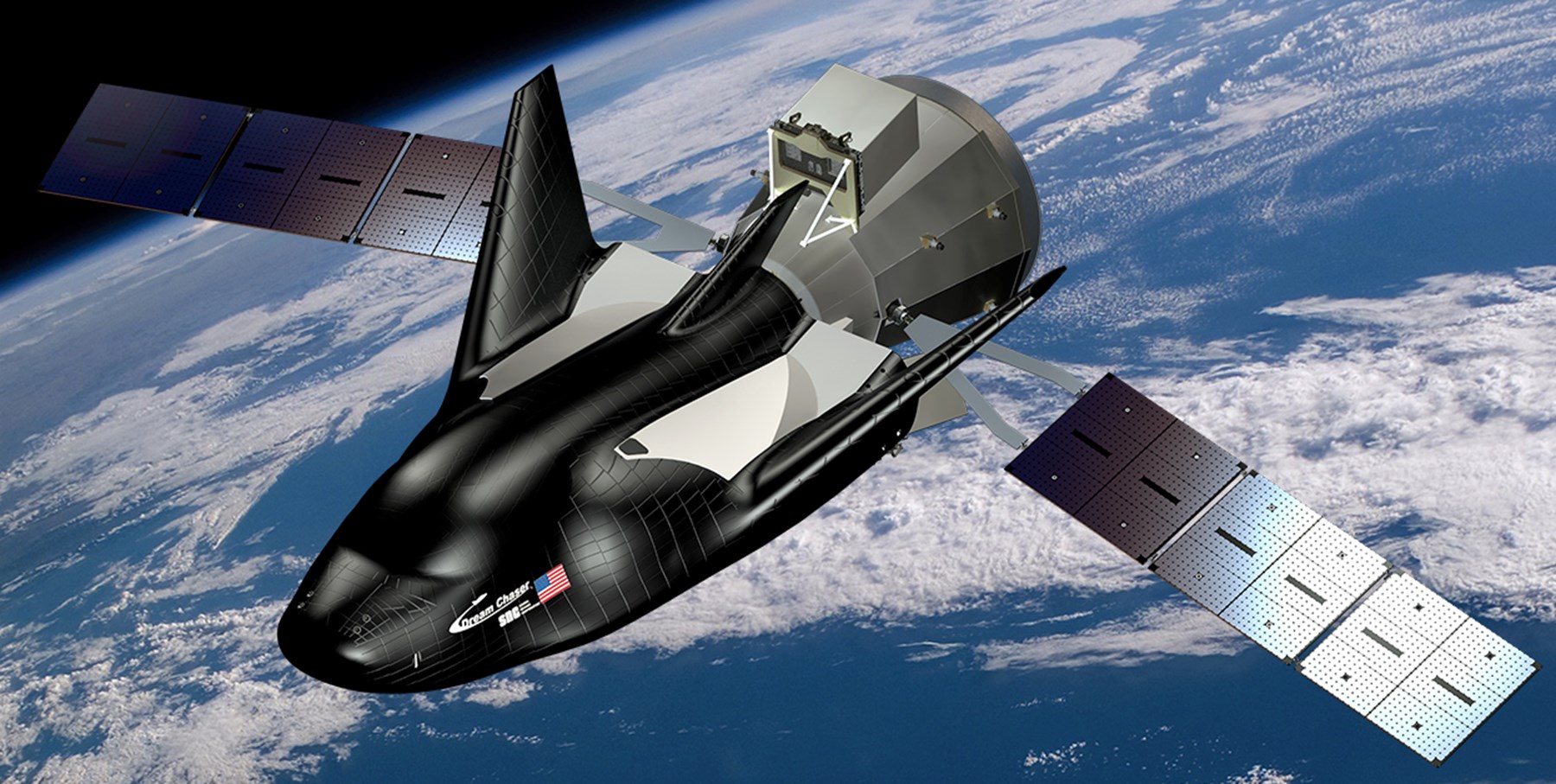
Collier Research Corporation says that its HyperSizer software is being used by the Sierra Nevada Corporation (SNC) in the development of its Dream Chaser spacecraft.
The team is currently now reviewing flight performance data and refining the vehicle’s design adaptations to meet mission requirements and changing payloads, using the Corporation software.
The HyperSizer tool provides insights into the strength, weight, and manufacturability of designs for composite and metal structures and could reduce the weight of existing designs by 20-40%. According to Collier, the software plays an important role in margin-of-safety certification for aerospace projects and is also suitable for wind, marine and other applications.
The current model of the autonomous, reusable Dream Chaser, named Commercial Resupply Service 2 (CRS-2), will transport pressurized and unpressurized cargo to and from the International Space Station (ISS) and is planned to launch in late 2020. The vehicle also could be used for satellite servicing, orbital-debris removal and exploration technology testing.
‘HyperSizer’s suite of industry-standard failure criteria was extremely valuable for our team, enabling us to quickly size the Dream Chaser structure and perform architectural trade studies,’ said Andy Kim, senior structural engineer for SNC. ‘The software’s rapid analysis capability gave us more time to interrogate our results and gain insights into the sensitivity of the structural weight to various design features and stiffener cross sections.’
‘HyperSizer helped us improve and automate the design-analysis process for the CRS-2,’ added Eric Schleicher, principal structural engineer. ‘We found some of the most useful aspects of the software to be load processing, sizing, margin reporting and the finite-element model [FEM] update feature.’
This story uses material fromCollier, with editorial changes made by Materials Today. The views expressed in this article do not necessarily represent those of Elsevier.






